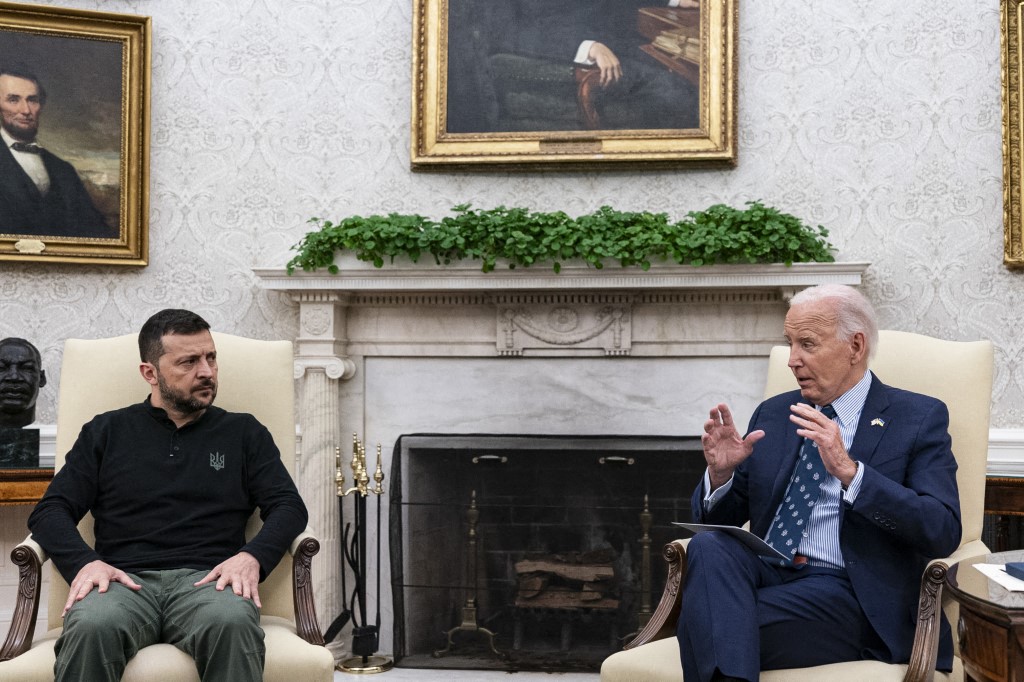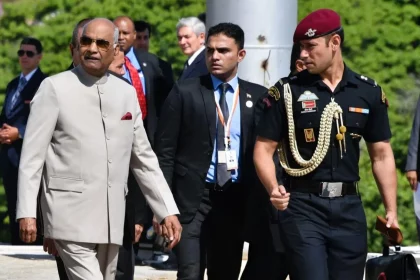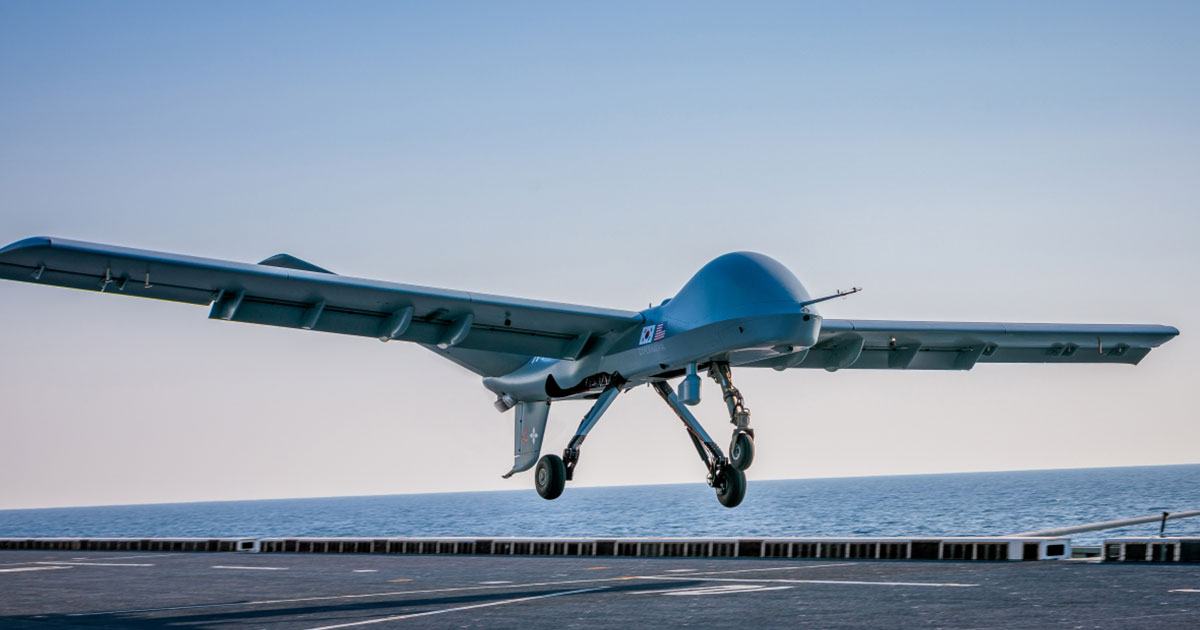Indian Navy to Conduct Coastal Defence Exercise ‘Sea Vigil 2024’ in Kerala and Lakshadweep
Kochi is set to play a pivotal role in the upcoming nationwide Coastal Defence Exercise, dubbed 'Sea Vigil 2024,' as…
Kratos Wins $116.7 Million Contract for Advanced Fire Control Ground Infrastructure Development with U.S. Space Development Agency
Kratos Defense & Security Solutions has announced the successful acquisition of a significant contract worth $116.7 million, aimed at spearheading…
Biden Approves Use of Long-Range Missiles for Ukraine Amid Russian Attacks and North Korean Troop Deployment
In a significant policy shift, U.S. President Joe Biden has authorized Ukraine to use long-range American missiles to target military…
How to Become ADC to President of India?
For those aspiring to serve as an ADC to the President of India, the path ahead may be arduous, but…
U.S. Urges Restraint in Israeli Response to Iranian Attacks, Echoing History of Limited War Strategies
The recent missile attacks from Iran against Israeli territory have elicited a cautious and restrained response from Israel, a response…
South Korea Successfully Launches Gray Eagle Drone from Amphibious Assault Ship
In a groundbreaking development for naval operations, a General Atomics Gray Eagle short takeoff and landing (STOL) drone has successfully…






